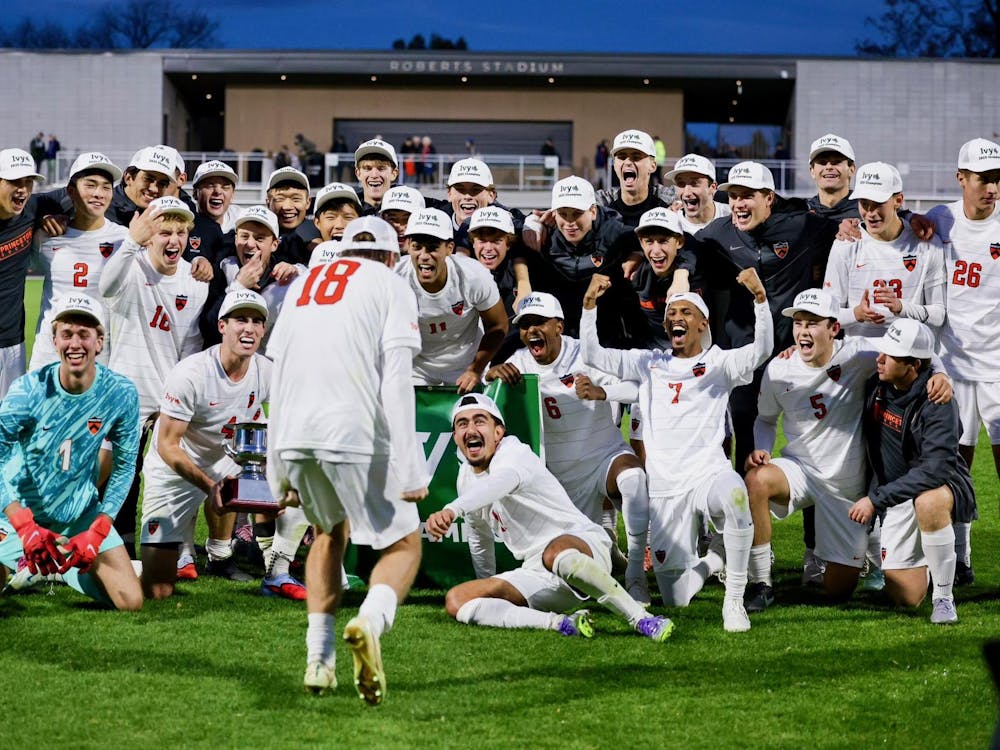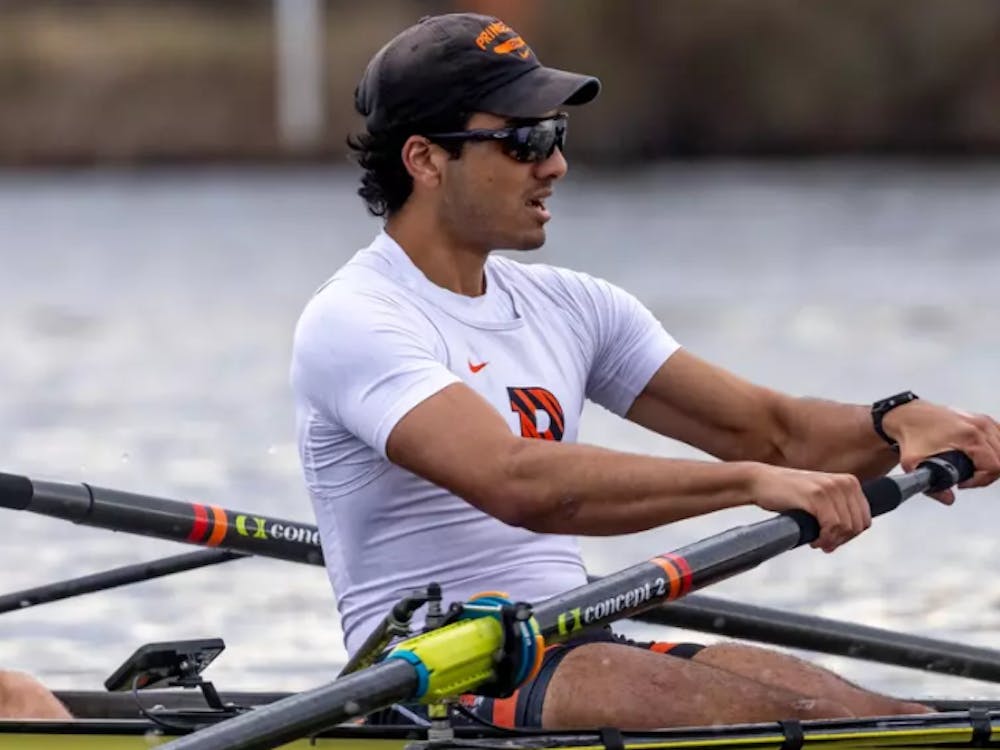Princeton, in fact, can lay claim to a vital role in popularizing the Frisbee, pointed out David Sarokin, creator of the website firstmention.com. The very first mention of the “Frisbee,” referring to the plastic disk thrown through the air, occurred in connection Princeton’s annual Reunions.
Today known for its presence on the quads of college campuses nationwide, the Frisbee has been a subject of contention among a number of universities, all claiming to be inventors of the recreational phenomenon. Yale students have long asserted that undergraduate Elihu Frisbie was the first to fling in 1820, when he grabbed a passing collection tray in the chapel and flung it across the campus.
This claim is both the oldest and most dubious. The name “Frisbie” more likely originated from The Frisbie Pie Company in Bridgeport, Conn., which supplied pies to college students throughout New England. Students tossed around the empty tins, bearing the “Frisbie” stamp, and the trend caught on.
Eventually, entrepreneur Walter Morrison realized the potential of the flying disk — which he called a “Pluto Platter” — and was awarded a U.S. Design Patent in 1957. That year, Wham-O began production of the Pluto Platter. Later, in an attempt to boost sales, Wham-O cofounder Richard Knerr rechristened the item with the catchy colloquial name “Frisbee.” The trademark brand name “Frisbee” was officially recognized on June 17, 1957.
Here is where Princeton comes in. Despite its official “first use” on June 17, the Frisbee was actually first mentioned two days earlier, in the June 15 issue of The New York Times. The article, titled “Princeton Alumni Back; Graduates Gather for Annual Pre-Commencement Fetes,” describes alumni tossing the newly named disks.
“A Frisbee-throwing session on lawns and seminars with faculty members marked the first day of alumni reunions, an annual pre-commencement activity,” the article declares. “Frisbees are plastic disks sailed through the air in the manner of coffee can tops.”
This reference to the Frisbee launched the use of the flying disk’s new official name and set the Frisbee on a course to becoming one of the biggest fads in American history. To many Tigers past and present, the Frisbee is more than just a recreational fad. Ask the University’s Clockwork Orange Ultimate Frisbee team, and you will understand how serious it can be. Though Ultimate Frisbee is not yet an NCAA varsity sport, the Ultimate Frisbee League, run by Ultimate Players Association, is very demanding on its players, who attend up to five practices a week.
Tomi Herceg ’09 describes the physicality of the sport as quite similar to soccer.
“You have to be fast, quick and endurant,” Herceg said.
The fall season is dominated by Saturday and Sunday tournaments, while the spring brings a weeklong training program in Georgia to prepare for the championship season.
The team is, in Herceg’s words, “quite intense.” This year it aims to qualify for nationals in Colorado. While the team has not made it to nationals since the early 1990s, it has made strong showings in regional tournaments, and Herceg said he believes it has a good shot this year.
Herceg does regret that the sport does not currently attract more spectators from the Princeton community. He said he hopes, however, that the team’s fan base will increase this year when Princeton hosts the regional tournament at West Windsor Fields on April 26 and 27.

With its growing popularity, Ultimate Frisbee may soon be recognized by the NCAA. Herceg speculated that it will be a possibility as soon as the sport recruits official referees. Already, the Ultimate Players Association attracts throngs of dedicated players at the high school, college and even professional level. Frisbee is growing in popularity — and Princetonians can proudly claim that their school played a role in the popularization of one of the fastest-growing sports in America.







